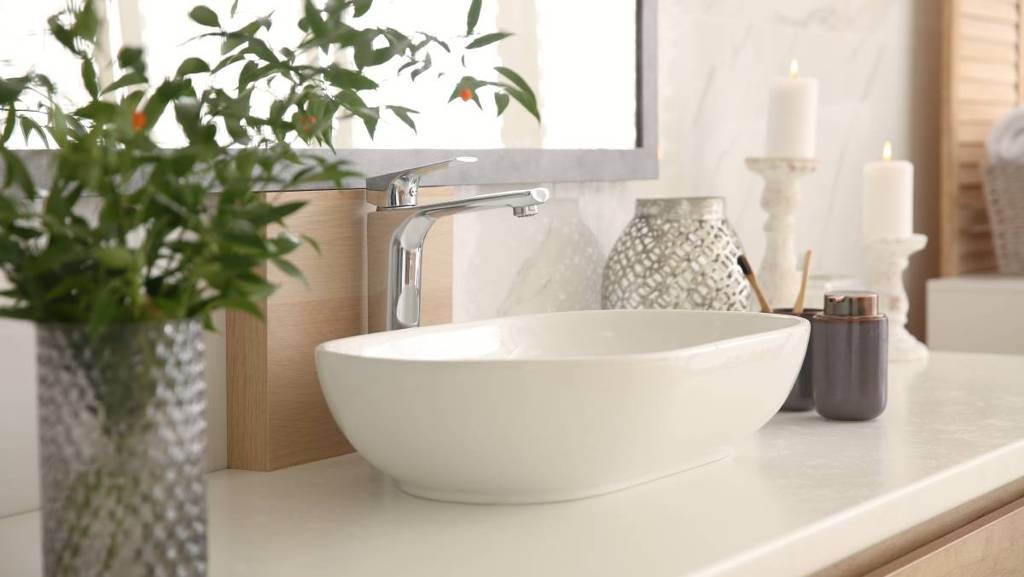So you’ve decided to buy an investment property, keen to get a good rental yield and hopefully see the value of the apartment or house grow over the years.
Many people are aware of some of the costs that they can claim, such as property loan interest, council rates and strata fees but seasoned investors are also aware of the benefits of property depreciation.
Knowing the basics of property depreciation, and employing the experts to help you claim the full amount you are entitled to can also bring down the amount of tax that you pay.
What is property depreciation?
When you buy a house or apartment to rent out, it is expected that it will undergo wear and tear over time, and therefore depreciate.
Property depreciation is a legal reduction related to this wear and tear. It allows investors to offset their investment property’s decline in value from their taxable income.
With many property investors making a purchase in part to reduce their tax, it is important to know exactly what you can claim.
What can you claim?
Property depreciation is generally the second biggest tax deduction after interest according to H&R Block, and there is a breadth of areas that you need to consider in order to claim the maximum amount.
In general however, property depreciation falls under two areas. There are capital works deductions and plant and equipment depreciation.
Capital works deductions cover the decline in the value of the investment property along with items that are permanently fixed to it such as its roof, kitchen, bathroom sinks and doors.

Meanwhile the assets within the home such as a dishwasher, floor coverings or oven are covered under plant and equipment depreciation, just some of the more than 6000 that are admissible by the Australian Tax Office.
Each category of equipment can have various degrees of appreciation. For example, carpet is seen to have an expected life of eight years and a diminishing value (DV) rate of 25 per cent. While more robust materials, like floating floors and tiles, have a lower DV rate to reflect the diminished amount of wear and tear that they endure every year.
How does claiming depreciation help investors?
If you are a property investor then claiming depreciation should be a key element in your investing strategy.
Depreciation of your property is deducted every year – over a period of years – meaning you have an ongoing tax deduction while you hold your investment property. That cashflow can be valuable to an investor.
Is my property too old to claim depreciation?
Generally any residential property that was built after September 1987 is eligible for capital work depreciation, with depreciation able to be claimed at a rate of 2.5 per cent for up to 40 years.
However investors whose properties were built before 1987, and which have undergone a substantial renovation, may also be eligible to claim depreciation. It is worth speaking to your accountant to gather the full scope of opportunity here.

Also following legislative changes in 2017, investors are unable to claim deductions for the decline, or depreciation, in value of previously used plant and equipment found in second-hand residential properties.
Will the property need to be inspected?
To optimise just what you can claim in property depreciation, it pays to bring in the experts. That includes a qualified quantity surveyor and accountant.
A quantity surveyor will be able to carry out a depreciation schedule to insure you claim the correct amount of depreciation and therefore benefit with a greater deduction on your income.
An inspection to your property is required in order to make a record of all depreciable assets such as flooring and tapware. Each item will need to also be photographed, measured and counted.
They will also take note of any structural improvements or additions that have been made to the investment property.
From this a tax depreciation schedule is prepared by the quantity surveyor and this is used by your accountant each year to determine depreciation deductions.
How much does a depreciation schedule cost?
Costs of a property depreciation schedule, but according to depreciation specialists, WashgintonBrown, typically they vary in cost from $385 to $770 with the average cost of $500 to $600.
It is important to remember that a property depreciation schedule is a one-off cost, which can have a life of up to 40 years.
Also consider that the cost of the schedule is tax deductible.
How long does it take to make a claim?
While a property depreciation schedule is completed just once, your accountant will be able to make a claim for depreciation every year when your tax is completed.
Therefore you can also expect the benefits of the claim being made when you receive your tax return every year.
Effectively the depreciation schedule can bring down the amount of your taxable income – and therefore the amount of total tax that you have to pay each financial year.
When this is taken into consideration, understanding and complying with property depreciation really pays off.



